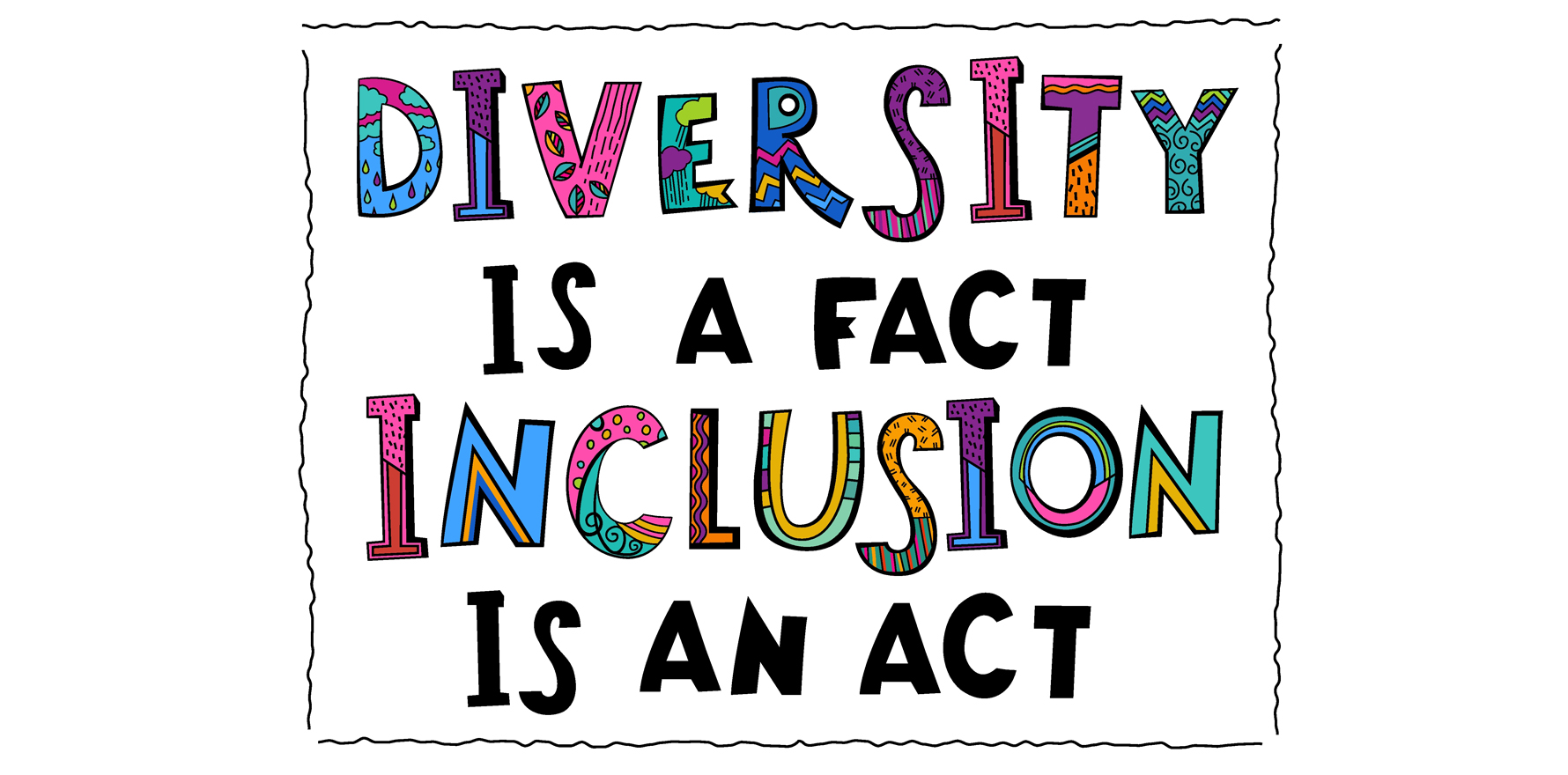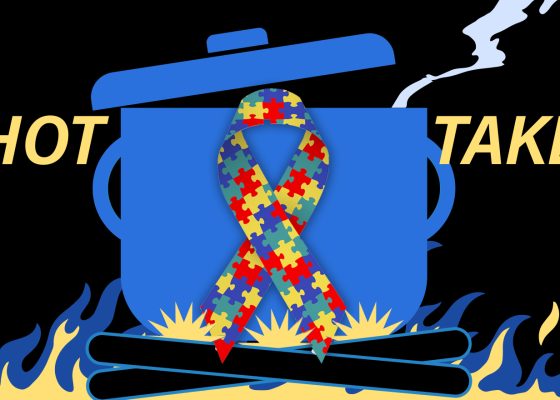There is plenty of good intention, but the devil will, as always, be in the detail.
No one likes to be told that their child will have a life expectancy of 20 years less than the general population or that they are nine times more likely to die of suicide.
Or that he will experience discrimination and a higher risk of homelessness than the general population – and a higher rate of physical and sexual abuse.
And yet there it is. Australia 2024. It gets several mentions in the shiny new draft National Autism Strategy that came out this week.
It feels like yesterday I held my baby in my arms for the first time, full of hope. It was 1998. Fast forward a few years to an autism diagnosis and that hope definitely took a beating.
But not for long. It was soon apparent that my non-verbal son was determined to live his best life and was up for the hard yards he needed to do to make that happen. So, I went along for the ride.
And what a ride it was. Mainstream school was a battle, but the only option if my boy was to find his place in the world. And once again he rose to the challenge. As the only student with autism in his primary school and high school for most of the time he was there, everyone was learning. There were exhilarating highs and crushing lows. But we kept going forward. He never once gave up.
High school graduation with the school’s highest honours was one of those highs. University followed but, as the structure of school and childhood fell away, access to paediatric services stopped and he faced the great uncertainty of adulthood, we found ourselves at a sheer cliff face.
And we fell. Big time.
It took years to find access to the appropriate healthcare services – just getting an appointment with a neuropsychiatrist with ASD speciality was a two-year wait. Accessing the NDIS took years and has been a battle ever since. During those years we were flailing in the wind, bumping from one crisis to the next. I fear the damage done in that time will never be fixable.
Just over eight years on from the day my son turned 18 and I can’t see much has changed with the system. The cliff is still there. He still has autism and a whole host of other complications now. And yet because he worked so hard to get through school, to get through university, to get a driver’s license, to get a job, he is now apparently fine according to the bean counters who decide how much support he needs to do life.
On paper he is fine, so he is fine, they say as they wave us away.
I have invited them to come and live in our home for a week, to see that he is not fine. That he needs support for everything, from reminders to brush his teeth and pay his bills on time, to help with cooking and social connections.
Without that support he can’t move forward with any true independence. At 26 years old he is ready to be independent, he wants to be independent, he hates having his mother be the one reminding him to do all these things.
But this time it’s not a cliff but a brick wall.
There are simply no options for him. At least none we have found yet that we can afford. But we won’t give up. I hope he won’t.
I confess I had been hoping this new national strategy would bring some hope. As I scoured the 52 pages my heart sang to the sentiment that we would be striving for a “coordinated national approach, supporting autistic people at each stage of life”. Social inclusion, economic inclusion, diagnosis, services and support for all autistic people sound like heaven to me. And for them, I’m sure.
“Autistic people and their families and carers and support networks experience disproportionately high rates of social isolation, discrimination, abuse and violence,” according to the strategy.
“Factors contributing to low rates of social inclusion include the intersection with poor employment rates, a lack of community understanding of autism, limited opportunities to participate in the community and build social connections, unaccommodating built environments, issues with access to transport, and low levels of independent living.”
According to the draft strategy there are more than 200,000 Australians with a diagnosis of autism. And some of them share their thoughts in the strategy.
“I have experience of being unemployed and underemployed. I have two bachelor degrees, yet I worked in a supermarket on the checkouts for 15.5 years,” says a 51-year-old autistic person from Perth.
“Even after getting a formal diagnosis, people often question whether I’m really autistic or how much it actually impacts my life,” said an autistic person, 35, from Brisbane.
Both of these voices give a glimpse into what life is like for Australian adults living with autism. And yet I didn’t get a sense from this strategy that there was much attention to those adults. Sure, diagnosis is important, inclusion is non-negotiable and health and support services need a massive injection of funds and attention.
But where is the detail on housing options, on financial assistance, on aged care services? On how autistic people transition from paediatric to adult services when there are not enough, if any, specialised adult services for people with autism.
Where is the detail on supporting families who support a person with autism? Because in the absence of meaningful services, pathways and systems, families are often all these people have.
Where is the detail on embracing evidence-based therapies and support? Australia has the best researchers in the world working hard to provide the evidence for the best interventions and therapies, especially in the early days.
The strategy talks about how autistic people are over-represented in the justice system but doesn’t talk about how we address that.
“Access to neurodiversity-affirming early screening and supports, and timely and comprehensive autism identification assessment and diagnosis, means an individual will be better able to access supports and services, improving long-term outcomes and reducing risk of developing mental health concerns,” says the strategy.
The problem for many adults with autism is that those specialist supports and services simply do not exist. And if they do, accessing them is tricky, as the strategy concedes.
“Support for autistic people can be provided through an often complex mix of disability supports funded by the NDIS, non-NDIS-funded mainstream and community services and supports, as well as informal supports provided by families, carers and support networks,” it says.
“There are high levels of unmet demand, and service gaps and inadequacies. The cost of services is also a concern for many, as well as the lack of information and support when navigating services, including the NDIS. The lack of service integration across sectors, and poor understanding of autism in both community and professional settings, and workforce shortages, were also commonly identified barriers.”
According to the strategy, three action plans will support its implementation:
- First Action Plan: short-term (the first year)
- Second Action Plan: medium-term (the next few years)
- Third Action Plan: long-term (longer term actions)
So maybe I need to pull on my optimism hat and hope that the action plans will deliver. Because they must. There is a tsunami of need coming. Do the maths.
The way I see it, 20 years ago my son was the only person in his entire primary school with a diagnosis of autism, out of roughly 500 kids. I know that at the same school now there are many more than that – sometimes more than one student in each class has an ASD diagnosis.
These kids are growing up. What happens to them when they peer over the cliff and have to join the adult world? And while earlier diagnosis, early intervention and the growth of services and therapies that were available 20 years ago will hopefully stand them in good stead for the transition to adulthood, autism is a lifelong deal. They will need support as they transition into independence and support as they age. They have every right to expect it.
The most important thing Australians can do right now to make this strategy matter is to read it. And comment. Because one day it will be important to you. Maybe you don’t have anyone in your life today with autism. But one day you will, if you look at the law of averages. And you will want our country to be a better place for them.
While I applaud the sentiments, the commitments, and the fact that there even is a strategy in existence, there are things missing, at least from my perspective. And the only way to hope for change is to use my voice.



